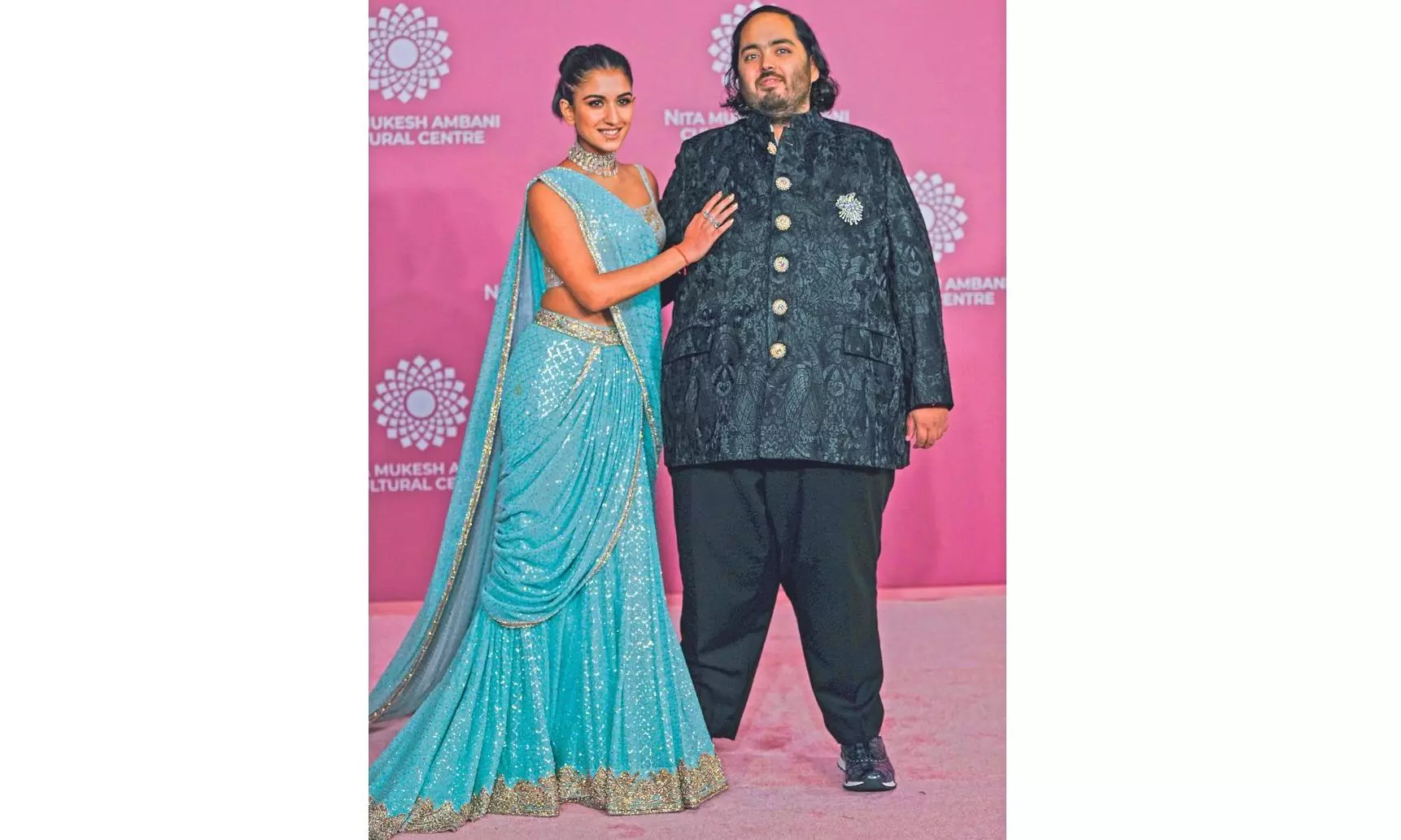Anant’s vision for jeev seva

Until sometime ago, Dyna, Lakshmi, Kavita, and Sera were suffering silently. The excruciating pain they were experiencing had made their lives miserable. But not anymore.
All four, and many like them, just got a fresh lease of life. Not only did they get a massive new home for themselves, but they also have dozens of people caring for, feeding, and looking after their every need round-the-clock, replete with the best medical facilities ever.
Their new address, where they are living the high life, is Vantara, a 3,000-acre animal shelter in Jamnagar, Gujarat. Vantara, the brainchild of Anant Ambani, the youngest son of Reliance Industries Chairman Mukesh Ambani, “is the largest rehabilitation centre globally. It’s inspired by Swami Vivekananda’s principle of ‘jeev seva.”
RESCUE TALES
Take the case of the tigress Dyna, who had been rescued from a life of distress and had developed a strange habit of scratching and licking herself incessantly.
Her rescuers noticed her condition immediately and brought her to the rescue centre for help.
“At the centre, Dyna was examined by a team of experts who discovered that she was suffering from allergic ulcerative dermatitis, caused by tiny creatures called house dust mites. These microscopic pests had been tormenting Dyna, making her life miserable and her skin inflamed,” says Anant Ambani, who has made it a point to personally supervise the operations.
Vantara’s veterinarians immediately started Dyna on a specialised treatment plan. “Day by day, Dyna’s condition improved. Her wounds began to heal, and the incessant scratching and licking stopped. Now, Dyna spends her days exploring her spacious enclosure, basking in the sun, and enjoying the care and attention of her dedicated keepers,” according to Anant, who serves as director at RIL.
Another instance is that of Lakshmi, an elephant that was rescued from Rajasthan. She came with severe lameness in the front limb. On arrival, the veterinary team examined and found a deep-seated infection in the front right foot. The nail of the elephant was infected, and excruciating pain was affecting the weight-bearing capacity of the elephant. Immediately, a special X-ray machine was used to identify the damage caused to the foot. The veterinary team decided to operate the foot under sedation and administered local anaesthesia to the affected area.
One of the many fascinating rescue and rehabilitation tales is that of Sera, a Burmese python (Python bivittatus). The female python arrived at the centre with severe reproductive problems. Sera had been part of a breeding programme that focused on selling her eggs, leading to her developing a severe condition. Her coelom, or body cavity, was significantly enlarged, and tests revealed a potentially fatal illness caused by egg impaction. “After thorough examinations, including sonography and CT scans, they decided that surgery was the only option. Sara was taken into the operating room, where she was carefully placed under general anaesthesia,” says Anant, who has already partnered with global rescue organisations in Mexico and Venezuela.
MORE THAN A ZOO
The idea behind Vantara is to make it a refuge for mistreated, harmed, and at-risk animals. “The vision is to make it more than just a zoo; we intend to make it a holistic rehabilitation centre for the animals,” says Anant, who also has plans to collaborate with respected animal conservation organisations like the International Union for Conservation of Nature and the World Wildlife Fund (WWF) in the future.
Vantara boasts cutting-edge healthcare facilities, research hubs, and educational facilities as well. Vantara boasts cutting-edge healthcare, research, and educational facilities.
CUTTING-EDGE TECHNOLOGY
The animal rescue and rehabilitation centre has an innovative elephant rescue centre designed to meet the needs of all pachyderms, notably those poached for their tusks. The cutting-edge equipment includes portable X-ray and laser devices, a pathology lab, and a hyperbaric oxygen chamber.
Elephant care involves a team of 500 professionals, including doctors and nutritionists. Their therapies include hydrotherapy pools, a huge elephant jacuzzi, and soothing ‘multani mitti’ massages. It also includes an intensive care unit, an MRI, a cat scan, and other features.

